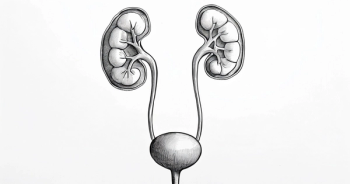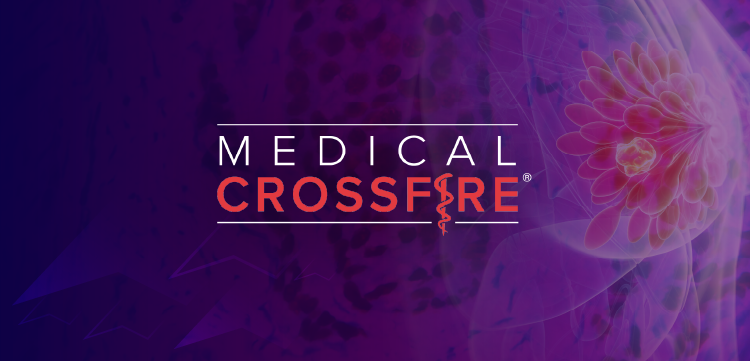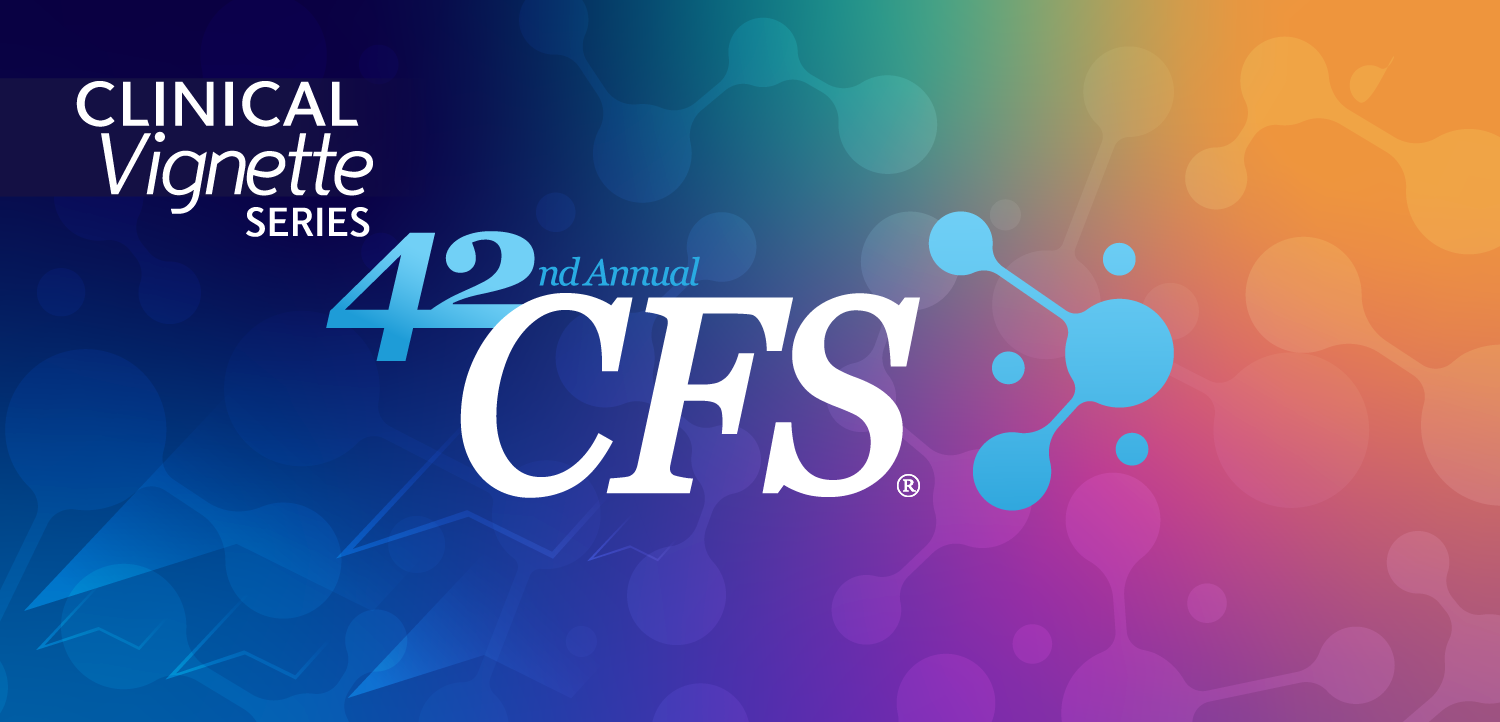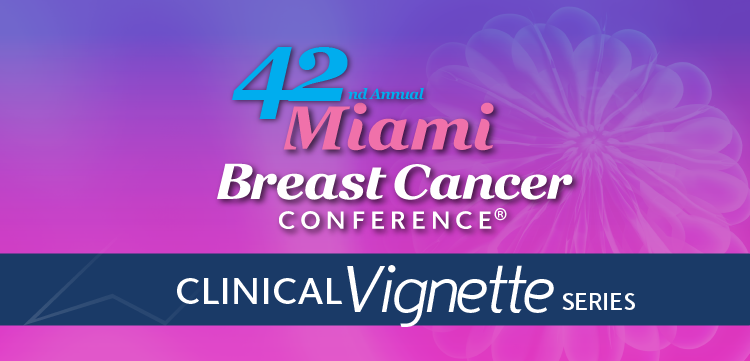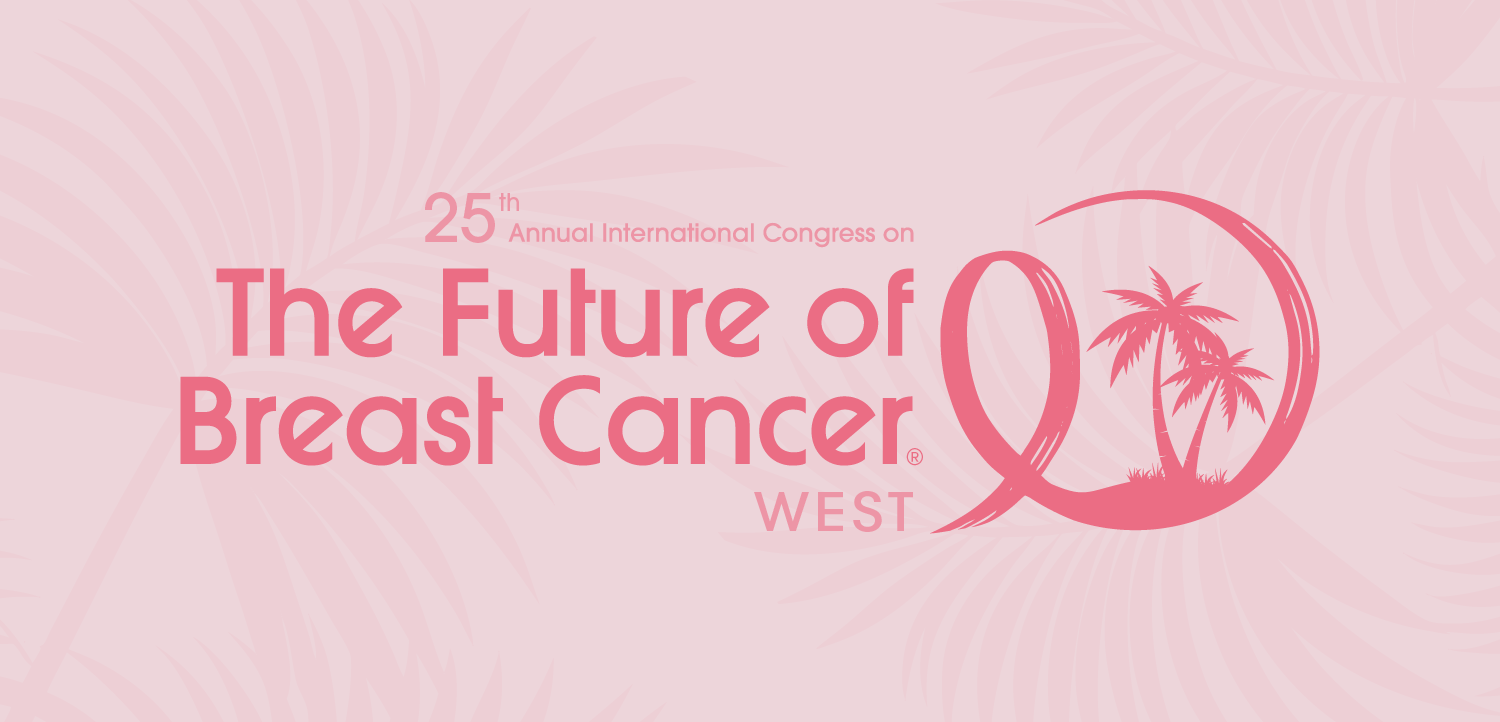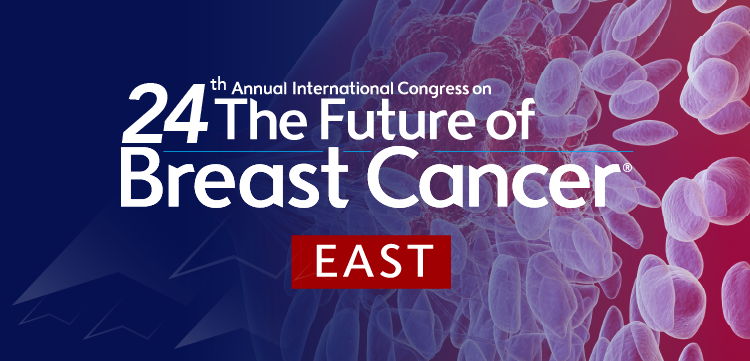
Targeted Therapies in Oncology
- October 2018
- Volume 7
- Issue 10
NCCN Creates New Guidelines for Rare Gestational Trophoblastic Disease
The number of women who develop gestational trophoblastic neoplasia during pregnancy is limited, yet physicians believed that a greater understanding of how to manage this disease was necessary. New guidelines were recently issued by the National Comprehensive Cancer Network to help gynecologic oncologists understand how to treat this rare gestational cancer. Generally, the use of single-agent chemotherapy for most patients with low-risk disease is recommended, with the guidelines reserving surgery and combination chemotherapy for patients at high risk of GTN.<sup>1</sup>
Nadeem R. Abu-Rustum, MD
The number of women who develop gestational trophoblastic neoplasia (GTN) during pregnancy is limited, yet physicians believed that a greater understanding of how to manage this disease was necessary. New guidelines were recently issued by the National Comprehensive Cancer Network (NCCN) to help gynecologic oncologists understand how to treat this rare gestational cancer (TABLE). Generally, the use of single-agent chemotherapy for most patients with low-risk disease is recommended, with the guidelines reserving surgery and combination chemotherapy for patients at high risk of GTN.1
The rarity of these cancers makes it unlikely that most oncologists and other clinicians will develop enough hands-on experience with them to become expert in their management, which is why a team of NCCN panelists from nearly 30 institutes worked more than a year to develop these guidelines. The American Cancer Society (ACS) estimates that GTN develops in roughly 1 of 1000 pregnancies in the United States.2GTN is more prevalent in Asian and African countries.
Nadeem R. Abu-Rustum, MD, chief of the Gynecology Service at Memorial Sloan Kettering Cancer Center, and vice chair of the NCCN GTN panel, said in an interview with Targeted Therapies in Oncology that even experienced gynecologic oncologists struggle to manage GTN. “Gestational trophoblastic neoplasia is a rare disease and a complex disease,” he said. “It’s not common, and you require centralization and high volumes to become an expert.”
“We felt it was important to develop guidelines for the treatment of these diseases [because] most practicing oncologists, whether they’re medical oncologists or gynecologic oncologists who will be seeing and treating these patients, have never seen one of these patients before,” added John R. Lurain, MD, Marcia Stenn Professor of Gynecologic Oncology at Northwestern University Feinberg School of Medicine in Chicago and a member of the guideline-writing committee. “Although there’s a pretty robust literature, we thought it was important to present this information in a concise form.”
Most GTN appears in the form of partial or complete noninvasive hydatidiform moles, a mass that can form inside the womb during early pregnancy, resulting in an abnormal fetus. Surgery, usually suction dilation and curettage, is often the only treatment necessary if the disease has not spread beyond the uterus. Hysterectomy is also an option for women who aren’t planning to have children in the future.
These women should be monitored by human chorionic gonadotropin (hCG) assay every 1 to 2 weeks until hCG levels are normal for 3 consecutive assays. The hCG levels should then be tested twice in 3-month intervals. If hCG continues to rise or the patient has extrauterine disease, she should proceed to the same chemotherapy regimen as women with low-risk (Fédération Internationale de Gynécologie Obstétrique [FIGO] prognostic score <7) GTN.
These women are assigned to single-agent methotrexate or dactinomycin, or methotrexate/leucovorin. The guidelines recommend a regimen of multiday methotrexate as frontline therapy. Because of its toxicity profile, dactinomycin is generally used in the second line for patients with methotrexate toxicity or effusions that contraindicate the use of methotrexate. NCCN recommends against using a dactinomycin pulse regimen as secondary therapy for patients with methotrexate-resistant disease or as primary therapy for choriocarcinoma.
These patients should undergo hCG assessment at the start of each treatment cycle. Those who have a good response to initial therapy and normal hCG levels can continue systemic therapy for 2 cycles, or 4 weeks, beyond hCG normalization, followed by an annual hCG assessment. The NCCN also recommends oral contraception for those patients.
The guidelines call for close hCG monitoring at all stages of disease and treatment. Abu-Rustum said the same test used to check for pregnancy also serves as the main blood test used to quantitatively monitor disease and indicate resolution.
“[Human chorionic gonadotropin] is like the perfect tumor marker, which we don’t have with other disease,” Lurain said in an interview with Targeted Therapies in Oncology. “We can use that to decide which patients need treatment based on the fall to normal [hCG levels] or persistent disease.”
He added that these guidelines are also meant to be educational. Because GTN is rare, few oncologists, even gynecologic oncologists, are familiar with the disease. According to the ACS, almost all women with complete or partial moles and low-risk GTN can be cured, and cure rates are high for placental-site trophoblastic tumors. The prognosis is not as good if the disease metastasizes beyond the uterus, but even for high-risk GTD, cure rates range from 80% to 90%.
“Even when patients have widely metastatic disease to their lungs or brain or liver, you can still cure almost all these patients,” Lurain said. “[The guidelines] are an educational tool as well as a formula for appropriate approaches to patient care to result in the least morbidity and the highest chance of cure.”
Women with low-risk disease who have a good initial response to therapy followed by a plateau in hCG level should receive monotherapy with methotrexate or dactinomycin. Physicians should consider hysterectomy or salpingectomy if there is localized disease in the uterus and the patient is not concerned about preserving fertility.
Again, these patients should undergo hCG assessment every 2 weeks. Those who have normal hCG levels can continue systemic therapy for a total of 4 weeks beyond hCG normalization. Patients who experience <10% change in hCG levels for 2 cycles or whose hCG levels rise >10% for 1 treatment cycle should be assessed for metastatic disease and begin therapy with etoposide/methotrexate/ actinomycin D/cyclophosphamide/vincristine (EMA/CO).
Women with low-risk disease who have a good initial response to therapy followed by a rapid increase in hCG of >10% or who have a poor response to initial therapy should be evaluated for metastatic disease and begin EMA/CO therapy. Hysterectomy and pulmonary resection may be options for patients with chemotherapy-resistant disease.
Patients who have normal hCG levels can continue systemic therapy for a total of 4 weeks beyond hCG normalization. Women who experience <10% change in hCG levels for 2 cycles or whose hCG levels rise >10% for 1 treatment cycle should begin chemotherapy with etoposide/platinum-based regimens.
Women with high-risk GTN, FIGO stage IV or stage II/III and a prognostic score ≥7, should receive EMA/CO therapy. If the patient has brain metastases, the doses of methotrexate and folinic acid should be increased and brain radiotherapy is an option. Physicians should consider induction with low-dose etoposide and cisplatin for 1 to 3 cycles followed by EMA/CO for patients with extensive metastatic disease and a prognostic score >12.
Women whose hCG levels return to normal should continue systemic therapy for 2 to 3 cycles, followed by monthly hCG assessment for 12 months. For those who have a good response followed by an hCG plateau at low levels or who relapse from remission should proceed to EMA in combination with etoposide and cisplatin.
The guideline recommends etoposide/platinum-based chemotherapy in combination with bleomycin (Blenoxane), ifosfamide (Ifex), or paclitaxel for high-risk patients who have incomplete response to treatment. Hysterectomy and pulmonary resection should be considered for chemotherapy-resistant disease.
Both Abu-Rustum and Lurain said that a woman can safely carry a fetus to term after being treated for GTN. Abu-Rustum added that these patients should be evaluated as soon as possible to be sure there is no recurrence and that a second mole has not developed, but that is rare. If an ultrasound determines the pregnancy is normal, Lurain said that the expectant mother doesn’t need any special treatment. Six weeks after the end of the pregnancy, the woman should undergo an hCG test. Lurain said hCG levels should return to normal quickly.
“About 1% of patients will have recurrent or repeat disease in a subsequent pregnancy,” he said. “Ninety-nine times out of 100, the patients will do just fine. If it’s not normal, you need to do some more work to figure out why that is.”
References:
- NCCN clinical practice guidelines in oncologygestational trophoblastic neoplasia. National Comprehensive Cancer Network website. nccn.org/professionals/physician_ gls/default.aspx. Published August 9, 2018. Accessed September 4, 2018.
- Treatment of gestational trophoblastic disease by type and stage. American Cancer Society website. cancer.org/cancer/gestational-trophoblastic-disease/treating/by-stage.html. Published November 28, 2017. Accessed September 4, 2018.
Articles in this issue
about 7 years ago
FDA Reorganization Meets Demands for Expedited Approvalsabout 7 years ago
Patient Demand Drives Interest in Oncofertilityabout 7 years ago
Induction Chemo Turns Cold Tumors Hot in Metastatic TNBCabout 7 years ago
Tumor Mutational Burden Arises as an Actionable Biomarker in NSCLC


